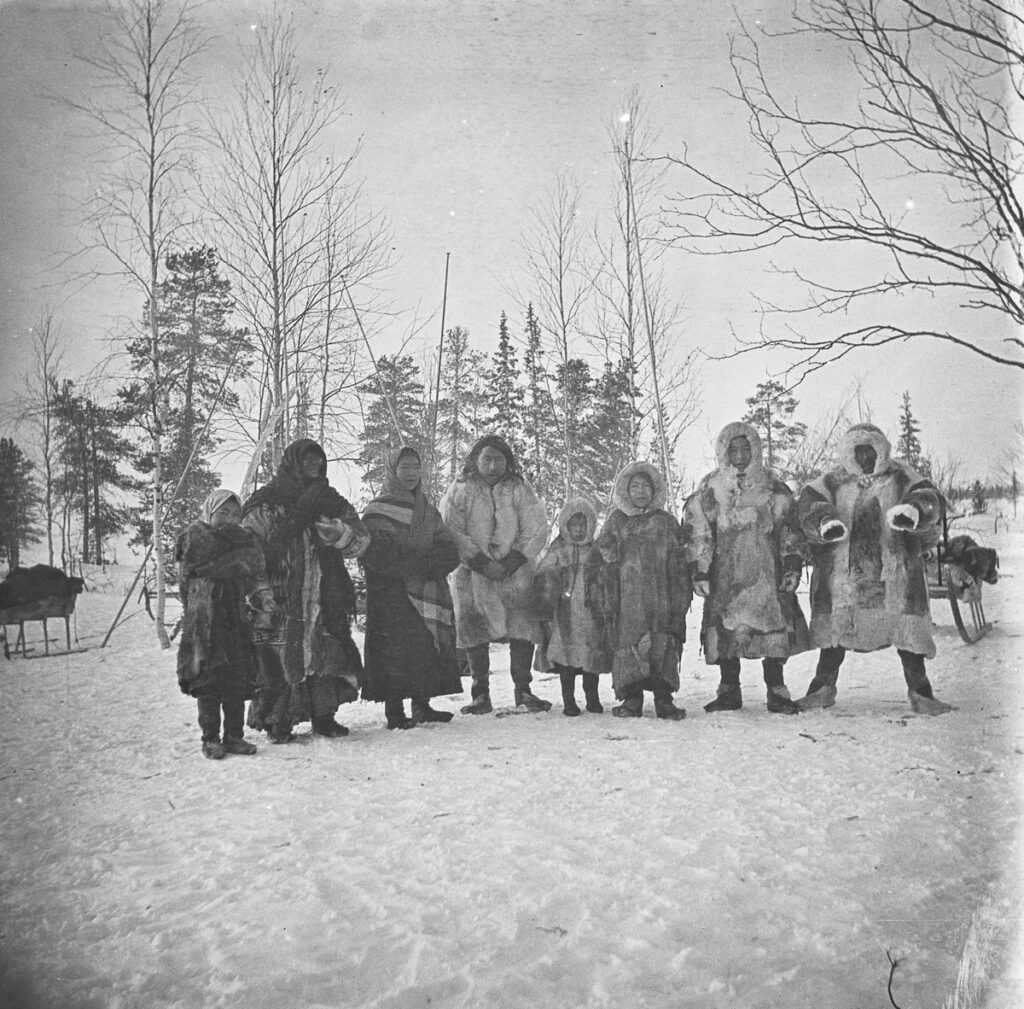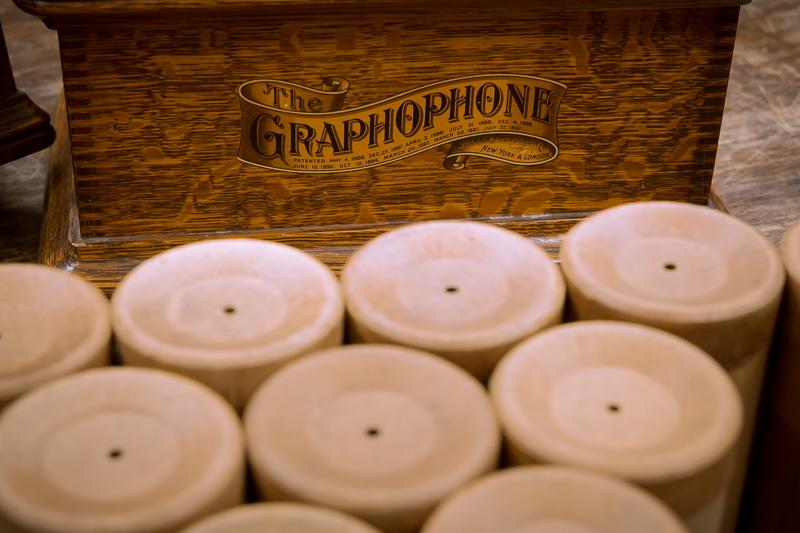Toivo Lehtisalo (1887–1962) and Toivo Kaukoranta (1888–1968)
Toivo Lehtisalo (1887–1962) Title of Docent in Samoyedic language and ethnology
Toivo Lehtisalo dedicated his live to studying the language and culture of the Nenets. He was one of the last Finnish explorers who collected extensive language and folklore materials from Siberia before the First World War. Lehtisalo’s publications that shed light on ethnological issues are still of primary importance to all researchers of Uralic languages and northern cultures.
Lehtisalo’s first trip to visit the Nenets of Siberia took place in 1911 and 1912. The trip was headed to the Ural region to the Tundra Nenets’ home. In his second trip that took place in 1914, he worked together with the Forest Nenets living in the course Ob River basin. Lehtisalo also worked with Nenets in Helsinki and Leningrad.
Next, Lehtisalo describes his encounters and the interest piqued by the phonograph:
In January, when the markets were open, I was often visited by Samoyedic people from Tas, as my summer expedition had made me so famous that they wanted to see me. I then asked them to sing to the phonograph, after which I let the machine repeat their yoiks. This always amazed the visitors. The Samoyeds inspected the phonograph carefully, especially its horn. In vain, they searched for the creature that sung from inside the machine and even played their yoiks using their voice. Later, it was amusing to read in F. Nansen’s Gjennem Sibirien a description of a meeting in spring 1912 between the author and the Samoyedic people on the peninsula between Ob and Yenisei rivers. Nansen played the gramophone to the Samoyeds and asked what they thought about it. The Samoyeds turned their back to it and said that they had seen a much better gramophone in Obdorsk, which could play their language.
Toivo Lehtisalo: Tundralta ja taigasta. WSOY 1959

Taleisada Horolyaja Yangka Lambo in Obdorsk (present day Salekhard) Siperiassa 1911/1912
Songs (Nenets language). 1911/1912 Obdorsk (present day Salekhard), Siberia. SKS KRA FON Lehtisalo, Toivo 1911/1912:27.
The license for the sound recording is CC BY-NC-ND 4.0 You can share this work with others as long as you cite the author. The work may not be modified in any way, nor may it be used for commercial purposes.
Kaukoranta, Toivo (1888–1968) Master of Philosophy, linguist and independence activist
Matvei Jadne in Helsinki, 1928
In 1928, the Finno-Ugrian Society invited representatives of the related peoples studying at the Institute of Eastern Peoples in Leningrad, Russia, as language guides to Finland. Matvei Jadne was a Tudnra Nenets who worked in Helsinki together with Lamut Even Gravriil Nikitin as an assistant in “experimental phonetic research”. At the same time, a bit of folklore was recorded.
Of folk poems, I have gathered 4 songs by witches. I have also accrued bit of new mythological and ethnographical material. The seventh parlograph cylinder has samples of five songs by witches, three laments, one heroic song, two drinking songs and one fairy tale. A few of the laments and the heroic song were also recited in prose. The witch’s elf-bird voices as well as calls for humans, deer, dogs, wolves, geese and swans have been previously recorded. The words for the songs and fairy tale have been written down. 26 palatograms and kymograph papers were taken under the supervision of the head of the phonetics department, Professor Frans Äimä.
Toivo Lehtisalo: Kertomus työskentelystäni jurakkisamojedi Jaadnjen kanssa kesällä 1928. Suomalais-Ugrilaisen Seuran Aikakauskirja XLIV, 4. 1930
Matvei Jadne. “Witch song”, cattle calls, lament (Nenets). SKS KRA FON Kaukoranta, Toivo 1928:1.
The license for the sound recording is CC BY-NC-ND 4.0 You can share this work with others as long as you cite the author. The work may not be modified in any way, nor may it be used for commercial purposes.

